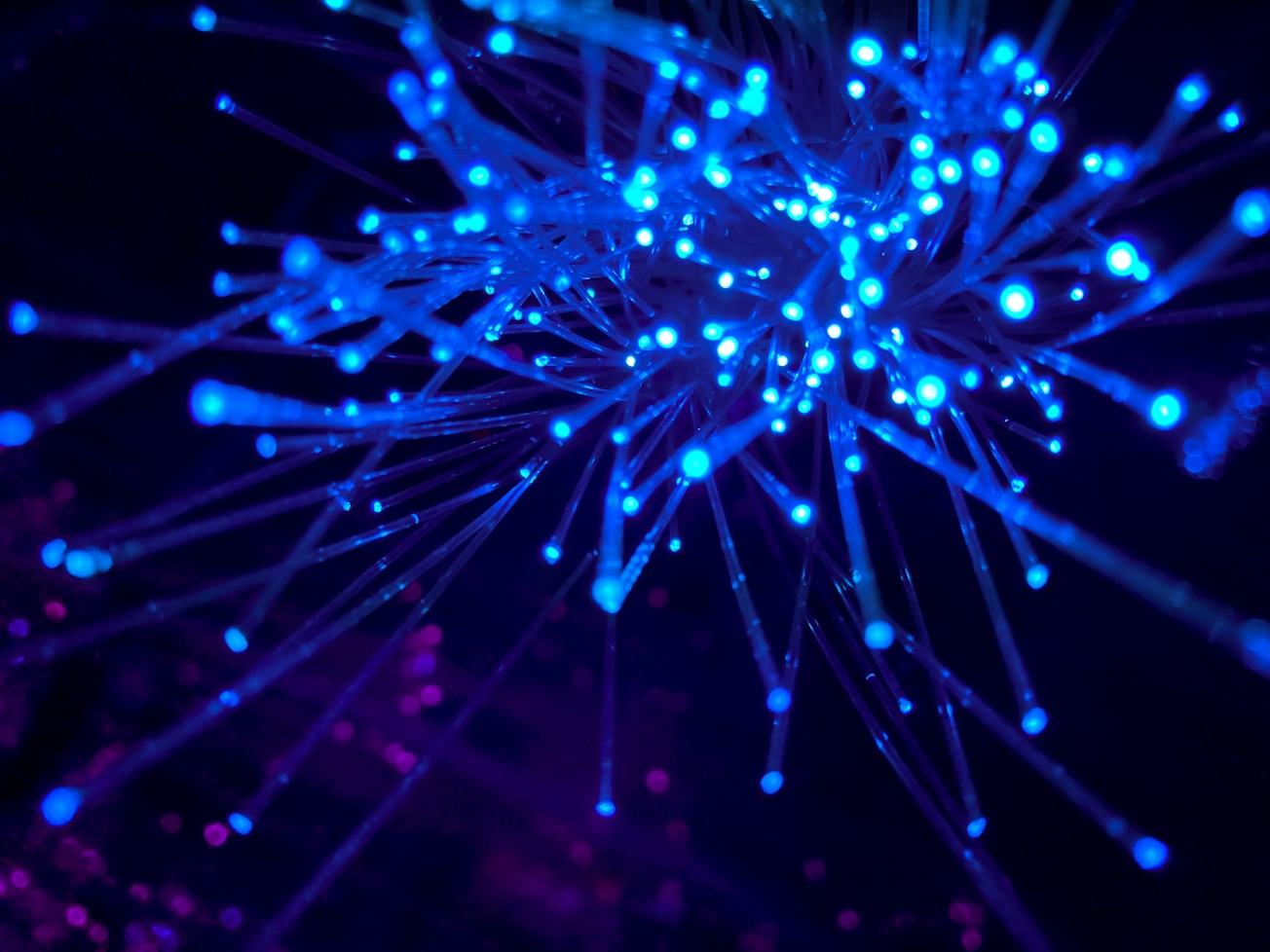What is it about?
Thanks to extreme-ultra-violet (EUV) lithography, cutting-edge integrated circuits (ICs) integrate trillions of device elements below 10-nm. It is not easy, however, to achieve this with zero defects. While various attempts have been made to overcome the physical limits of device scaling, fabrications of such devices also utilize behaviors of photons and electrons, and their stochastic nature can limit the miniaturization of these devices due to extremely-rare but fatal patterning failures. This paper uses the Monte-Carlo (MC) method to model the chemo-physical events in EUV exposed resist films and applies a principal-component-analysis (PCA) to obtain the minimum complete expressions for their stochasticity. We extend the MC method to the principal-component space for speeding up the simulations to capture and analyze extremely-low probability events, which predicts the impact of stochasticity in future EUV patterning.
Featured Image

Photo by JJ Ying on Unsplash
Why is it important?
Device scaling is still a major driving force for increasing the data processing capacities (Moore’s law) with system-level chip integrations. High numerical-aperture EUV exposure tools will further advance the semiconductor technology nodes. This paper predicts the factors limiting the ultimate resolution of EUV lithography and suggests desirable materials and required EUV energy.
Read the Original
This page is a summary of: Stochasticity in extreme-ultraviolet lithography predicted by principal component analysis of Monte Carlo simulated event distributions in resist films, Journal of Applied Physics, August 2022, American Institute of Physics,
DOI: 10.1063/5.0101696.
You can read the full text:
Contributors
The following have contributed to this page










